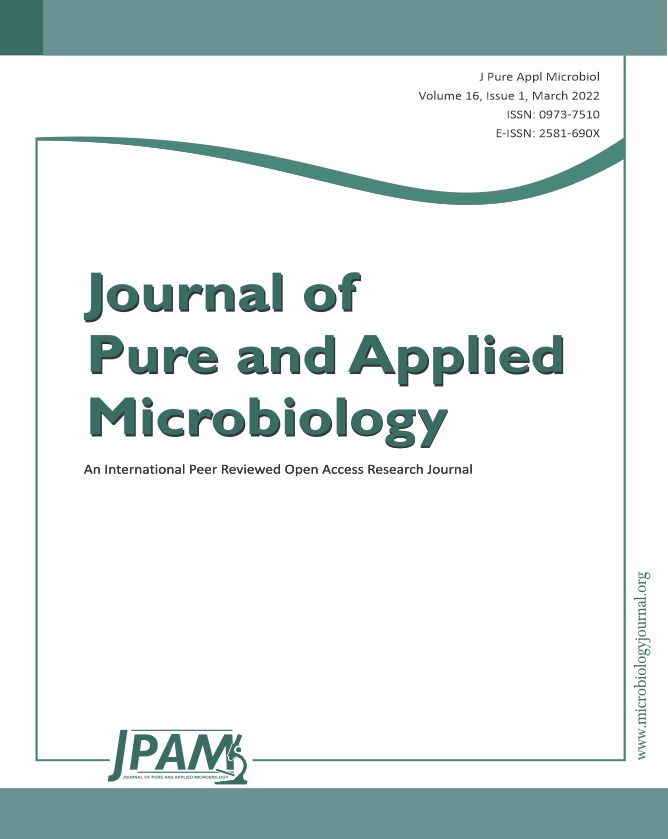Streptococcus agalactiae or Group B Streptococcus (GBS) is an important pathogen, which can cause serious illness and sometimes death especially in newborns, pregnant women and in people with compromised immune system. The major risk factor for neonatal disease is vaginal colonization of GBS during pregnancy and delivery. 1) To study the incidence of vaginal colonization of Group B Streptococcus (GBS) among pregnant women. 2) To compare the efficacy of sheep blood agar vs selective medium like HiCHROME Strep B Selective agar (HIMEDIA) in the isolation of GBS. Vaginal swabs were collected from 150 antenatal women at 35-37 weeks of gestation or at any gestational age if additional risk factors were present. The swabs were cultured on non-selective medium like Blood agar and a chromogenic medium (HiCHROME Strep B Agar, HiMedia). GBS was identified by standard microbiological techniques. Bluish, purple-colored colonies were confirmed as GBS by CAMP test and latex agglutination test. Only 3 out of 150 women (2%) of the screened antenatal women were colonized with GBS. Incidence was quite low, compared to the literature from the West. All the 3 babies born to the three women colonized with GBS were healthy with no indication of invasive GBS disease. The chromogenic medium supported the growth of Group B Streptococcus and Enterococcus spp. only and was a useful selective medium for isolation of GBS.
Neonatal meningitis, congenital infection, antenatal infection, female genital tract infection
© The Author(s) 2022. Open Access. This article is distributed under the terms of the Creative Commons Attribution 4.0 International License which permits unrestricted use, sharing, distribution, and reproduction in any medium, provided you give appropriate credit to the original author(s) and the source, provide a link to the Creative Commons license, and indicate if changes were made.


